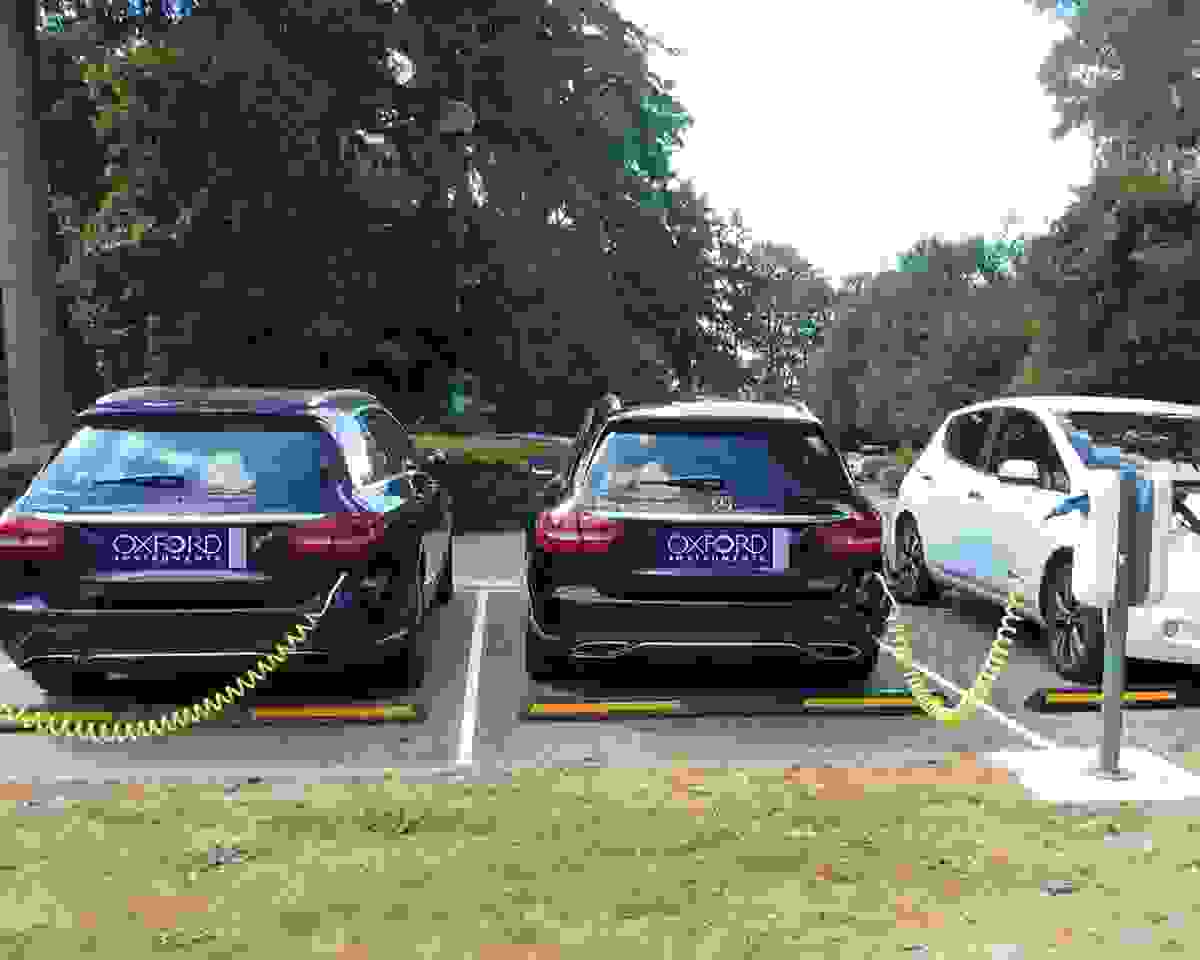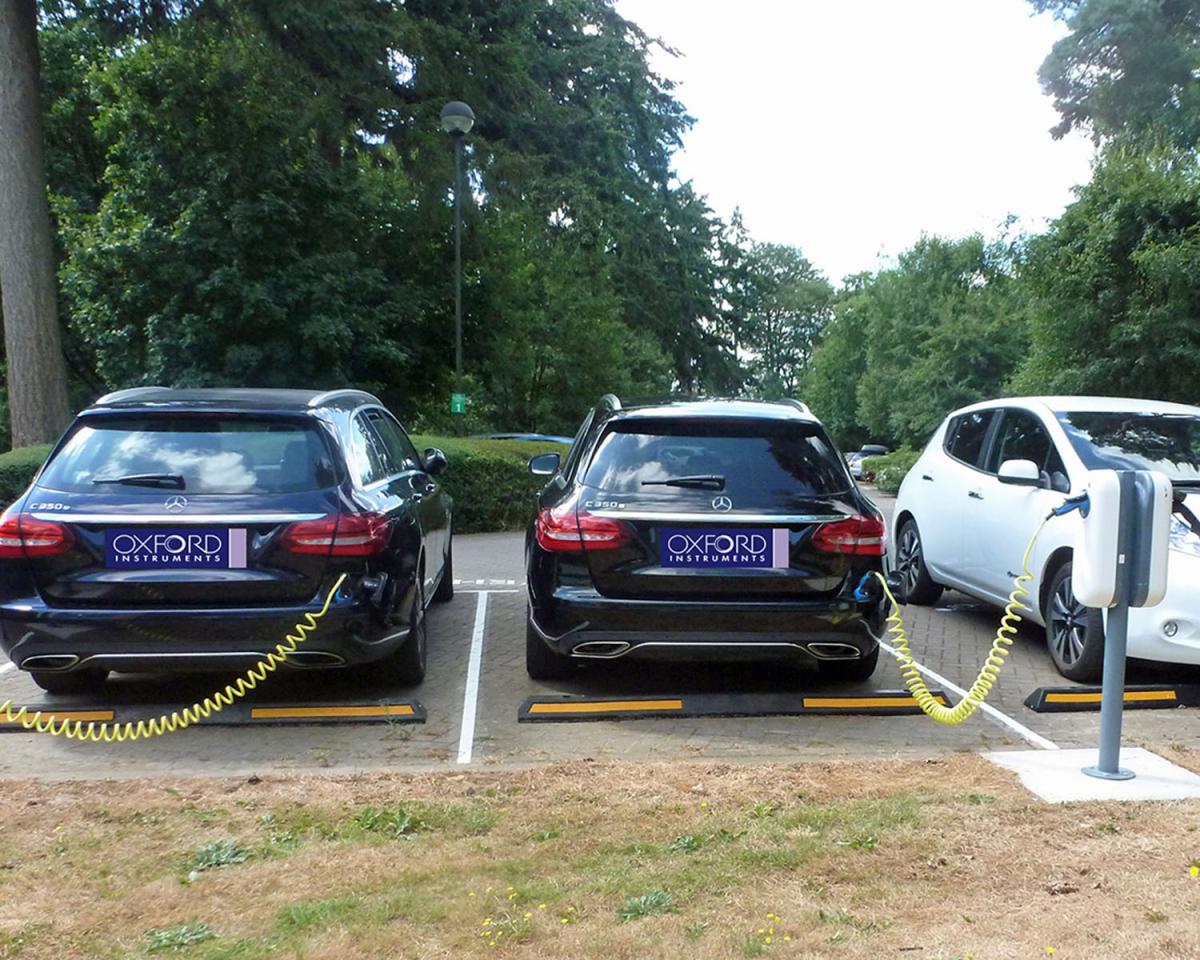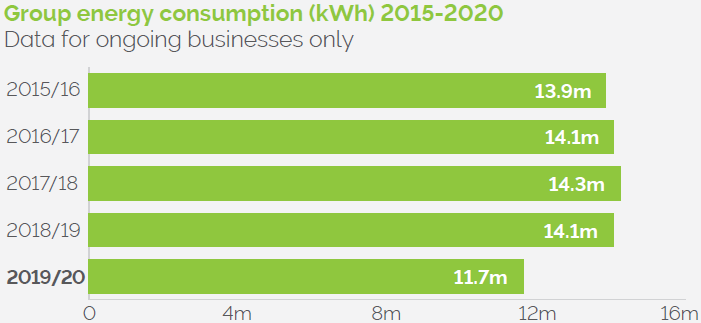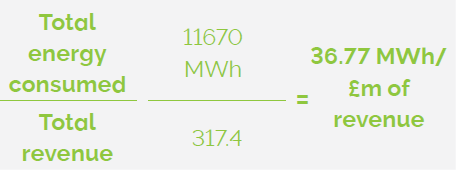Energy efficiency and climate change

Whilst Oxford Instruments has a low impact on the environment with a relatively low carbon footprint, chemical and water use, we recognise the need for all businesses to be mindful of the effect they have on climate change and the planet.
Our overall policy is to minimise the environmental footprint of our operations, products and services. Our efforts are focused on more efficient energy use, with various other initiatives in place to help reduce our carbon footprint. We are currently preparing plans to meet net zero carbon by 2050.
Each site has an energy champion who is responsible for monitoring energy use, waste streams, recycling and emissions to air, water and land. They also look for innovative ways to improve our environmental footprint.

Current initiatives include energy reduction, improving local wildlife habitats by installing beehives and bird boxes and giving staff wildflower seed balls as gifts. We now offer more seasonal food with lower food miles in our canteens, have removed single-use plastics and continue to install electric car charging points at our sites.
Greenhouse gas (GHG) emissions
Oxford Instruments is a global business with operations in many parts of the world. Energy consumption from 14 Company sites was monitored and forms the basis of the figures and calculations shown below. Some small sales offices where energy is less than 0.01% of the Group's total energy consumption are omitted.
The use of hydro-fluorocarbons was also monitored but the level fell below 5kg and has therefore been excluded. Emission equivalents from purchased electricity and fuel for heating or process purposes (gas and oil) are reported in tons of carbon dioxide equivalent (tCO2e).









